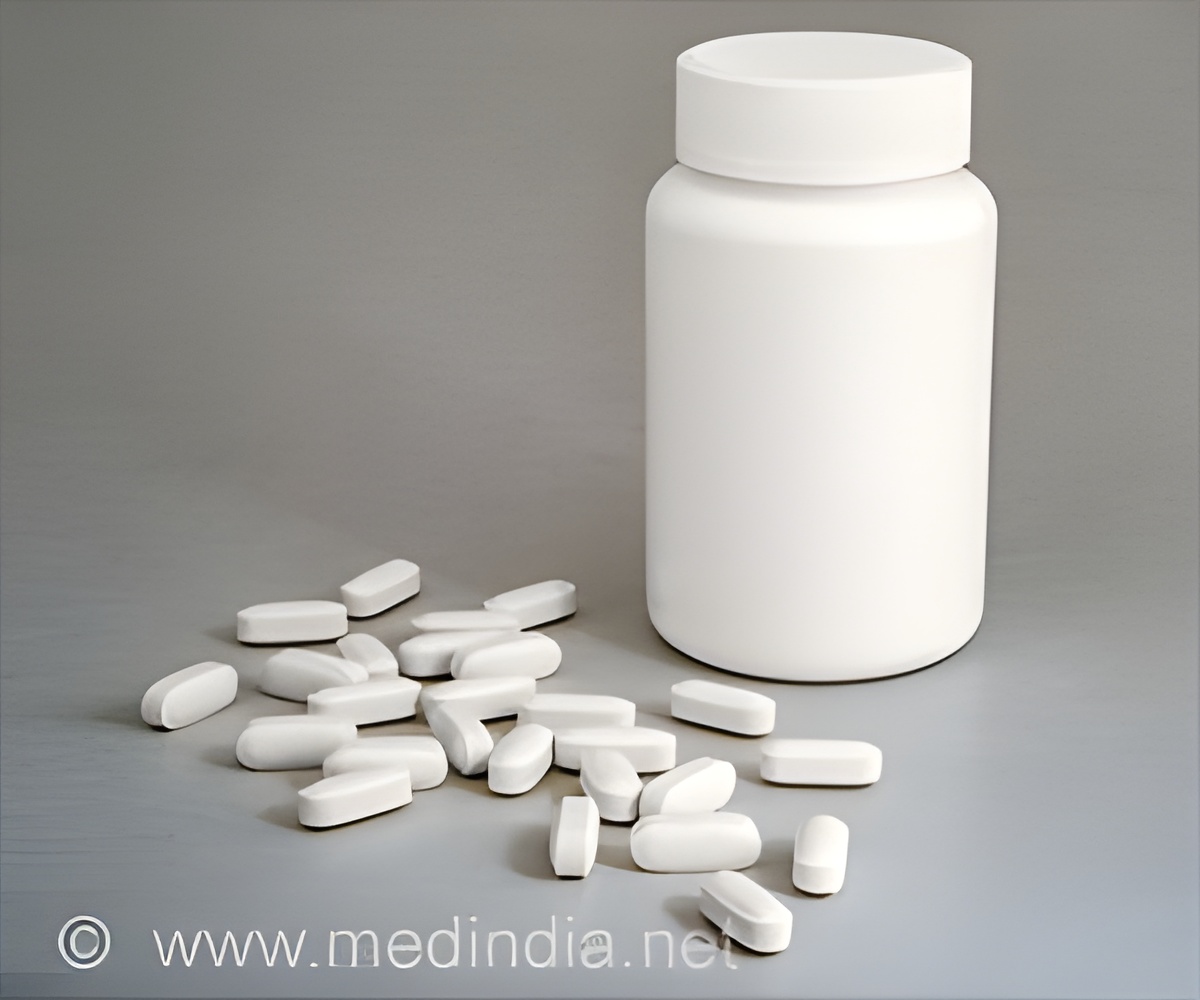Researchers have identified a new way through which the toxicity and virulence of the notorious superbug, Pseudomonas aeruginosa can be prevented.

The new discovery concerns the bacterial cells' ability to 'talk' to each other by producing and sensing small chemical signal molecules. This is called 'quorum sensing' (QS) and enables a population of individual bacteria to act socially rather than as individuals.
QS allows a population of bacteria to assess their numerical strength and make a decision only when the population is 'quorate'.
The mechanism through which QS signals work is by activating gene expression upon interaction of a QS signal molecule with a receptor protein. In many disease-causing bacteria, QS controls genes which are essential for infection.
These genes code for virulence factors such as toxins which cause damage to host tissues and the immune system. Interfering with the QS signalling process blocks bacterial virulence and renders bacteria unable to cause infection.
Consequently QS systems are molecular targets for the development of new anti-infective drugs which do not kill bacteria but instead block their ability to cause disease.
Advertisement
Professor of Molecular Microbiology, Paul Williams, said that they are able to synthesize and screen a library of chemical compounds which could fit within the PqsR binding site and block receptor activation by the QS signal molecules.
Advertisement
The research has been published in PLOS Pathogens.
Source-ANI








